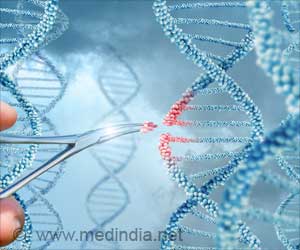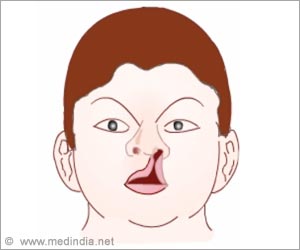Nine new genes associated with bone health have been identified by scientists.

The study, which brings together specialist skills in mouse gene deletion and bone measurement to assess the strength of bones in 100 mutant mouse lines, is the largest reported screen of its type for genes that regulate bone health.
All nine of the new genes discovered had not previously been implicated in skeletal disorders and were discovered by randomly screening different strains of mice engineered such that a single gene had been inactivated in their genome.
"We are developing new ways of finding genes that are essential for normal development of the skeleton, and which maintain the structure and integrity of bone during adulthood. These genes will provide new understanding of the mechanisms responsible for bone diseases and may ultimately lead to the development of new treatments," explained Professor Graham Williams, senior author from Imperial College London.
The team used an approach that looked at many different physical traits and identified a new classification system for bone mutants based on mineral content, strength, and the density and flexibility of bone. The bones from some mutants were found to be brittle, while others were flexible but weak.
The Sanger Institute Mouse Genetics Projects, the largest centre for genetically engineered mice, generated the mice strains used in the study.
Advertisement
"Our study is an example of where approaching biology without any prior assumptions and looking broadly at the effects of inactivating a gene allows you to find new biological insights that wouldn't be possible in other, more focused studies."
Advertisement
This study demonstrates that the loss of function of the each of these 10 genes can disrupt the structure and composition of bone. This disruption can be classified into three distinct, different categories: weak and flexible bone with low mineral content similar to postmenopausal osteoporosis, weak and brittle with low mineral content similar to osteogenesis imperfecta and high bone mass which is rare in humans.
"This genome-wide approach is extremely exciting and holds great promise for discovery of genetic susceptibilities and influences in bone disease in addition to providing potential targets for drug development" said Jim Lupski MD, PhD, DSc, a medical genomicist and the Cullen Professor and Vice Chair of Genetics at the Baylor College of medicine in Houston, Texas, USA.
The team are currently applying this same technique to study different disease traits in the eye and the brain.
Source-ANI











